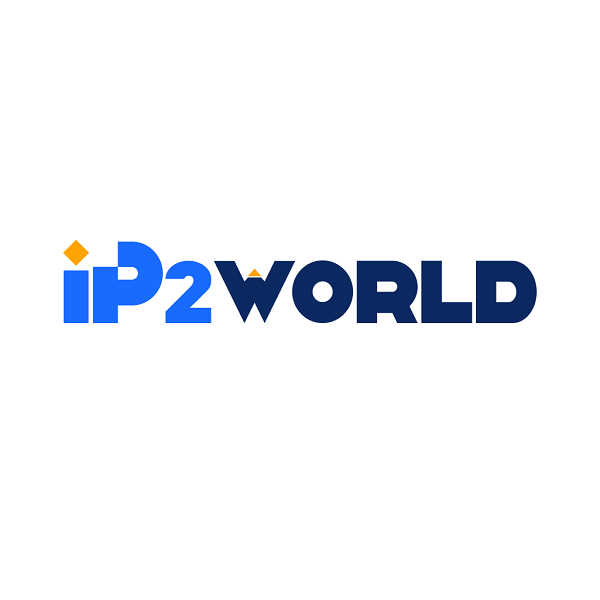When using proxy IP for network access, it is a common problem to be unable to connect. This situation may be caused by a variety of reasons, including configuration errors, network failures, or problems with the proxy server itself. Knowing how to troubleshoot and solve these problems is essential to ensure the stability and reliability of network connections.Basic concepts of proxy IPProxy IP refers to the IP address that accesses the Internet through a proxy server. The main purpose of using a proxy IP is to hide the real IP address, improve anonymity, or access restricted websites. In many cases, proxy IP can improve the speed and security of network access. However, when the proxy IP cannot connect, users may face various troubles.Common reasons for not being able to connect to the proxy IP1. Incorrect proxy settings Proxy IP settings need to be accurate, including IP address and port number. If you enter it incorrectly, you will not be able to connect successfully.2. Network environment problemsChanges in the network environment may cause the proxy IP to be unable to connect. For example, the settings of the firewall or router may block the proxy traffic.3. Proxy server failureSometimes, the proxy server itself may fail or be under maintenance, resulting in failure to connect.4. IP address is blockedThe proxy IP used may be blocked by the target website, especially if it is frequently visited.5. DNS problemDNS resolution errors may cause the address of the proxy server to be unable to be found.Steps to solve proxy IP connection problemsCheck proxy settingsMake sure the proxy settings are correct, including the IP address and port number. You can confirm this by following the steps below:- Check the proxy configuration in the network settings of the browser or application.- Confirm that the IP address and port number entered are consistent with the proxy information provided.Test network connectionUse the command line tool to test the network connection. Open the command prompt and enter the following command:```bashping [proxy IP address]```This can help confirm whether the proxy server is online. If you can't ping, it may be a network failure or a proxy server problem.Check firewalls and security softwareThe firewall or security software may block proxy traffic. Check the following:- Make sure the firewall allows network access for the proxy application.- Temporarily disable the security software and test whether you can connect to the proxy IP.Change proxy serverIf the current proxy server cannot be connected, try changing to another proxy IP. Using services such as IP2world, you can quickly find a list of available proxy IPs to ensure the stability of the connection.Check DNS settingsSometimes, DNS settings may cause the inability to connect to the proxy IP. You can try changing the DNS server, such as using Google's public DNS:- Primary DNS: `8.8.8.8`- Secondary DNS: `8.8.4.4`After changing the DNS in the network settings, restart the network connection and test whether the proxy IP can be accessed normally.Use IP2world to improve the proxy experienceAs a platform that provides IP-related services, IP2world can help users quickly find reliable proxy IPs. Through its rich resources, users can obtain multiple available proxy IPs to reduce connection problems caused by the failure of a single proxy IP.- Get the latest proxy IP: IP2world provides a real-time updated proxy IP list, and users can choose a highly stable IP to connect.- Geographical location selection: Select proxy IPs in different regions according to needs to improve access speed and stability.- Detailed information query: IP2world provides detailed information about each proxy IP, including response speed and availability, to help users make the best choice.FAQIs the proxy IP unable to connect related to network speed?Network speed may affect the connection performance of the proxy IP. If the network speed is slow, it may cause connection delays or timeouts.How to determine whether the proxy IP is blocked?You can try to access different websites. If only a specific website cannot be accessed, the proxy IP may be blocked. Use other proxy IPs for testing to confirm the problem.Is it safe to use a free proxy IP?Free proxy IPs have security risks and may leak personal information. It is recommended to use a reputable paid proxy service to ensure data security.ConclusionProxy IP connection failure may be caused by a variety of factors, including setting errors, network failures, or proxy server problems. By gradually troubleshooting and solving these problems, network connection can be effectively restored. With the resources provided by IP2world, users can find stable proxy IPs and improve their network experience. Make sure to check proxy settings and network status regularly to avoid future connection problems.
2024-12-02


